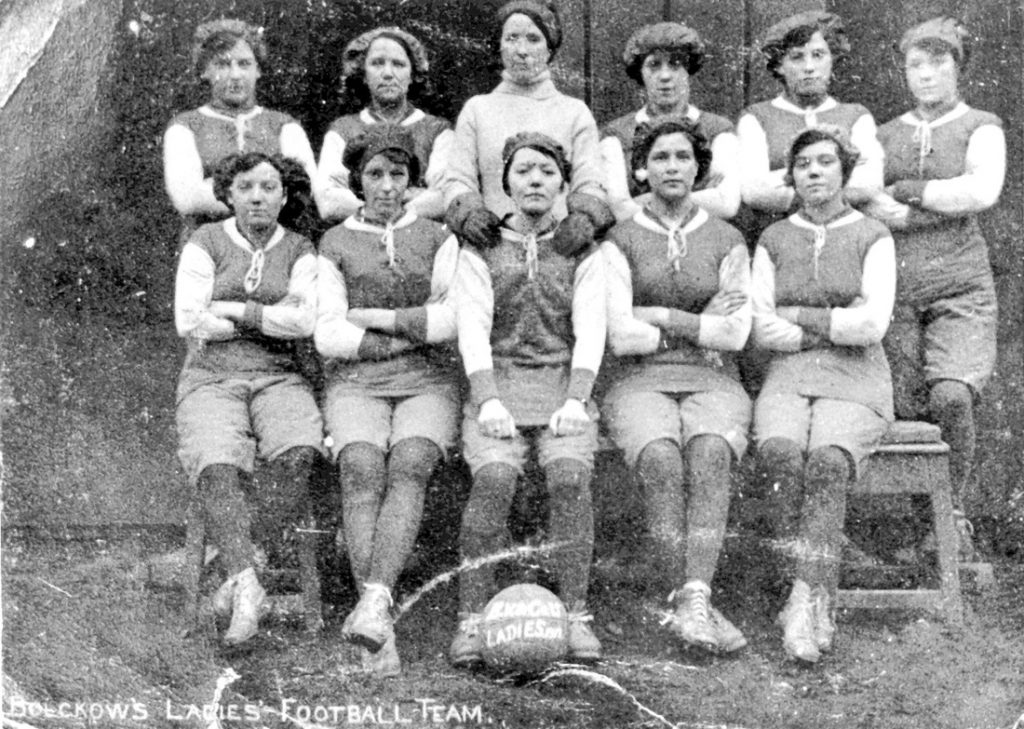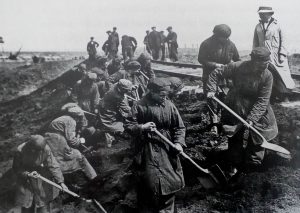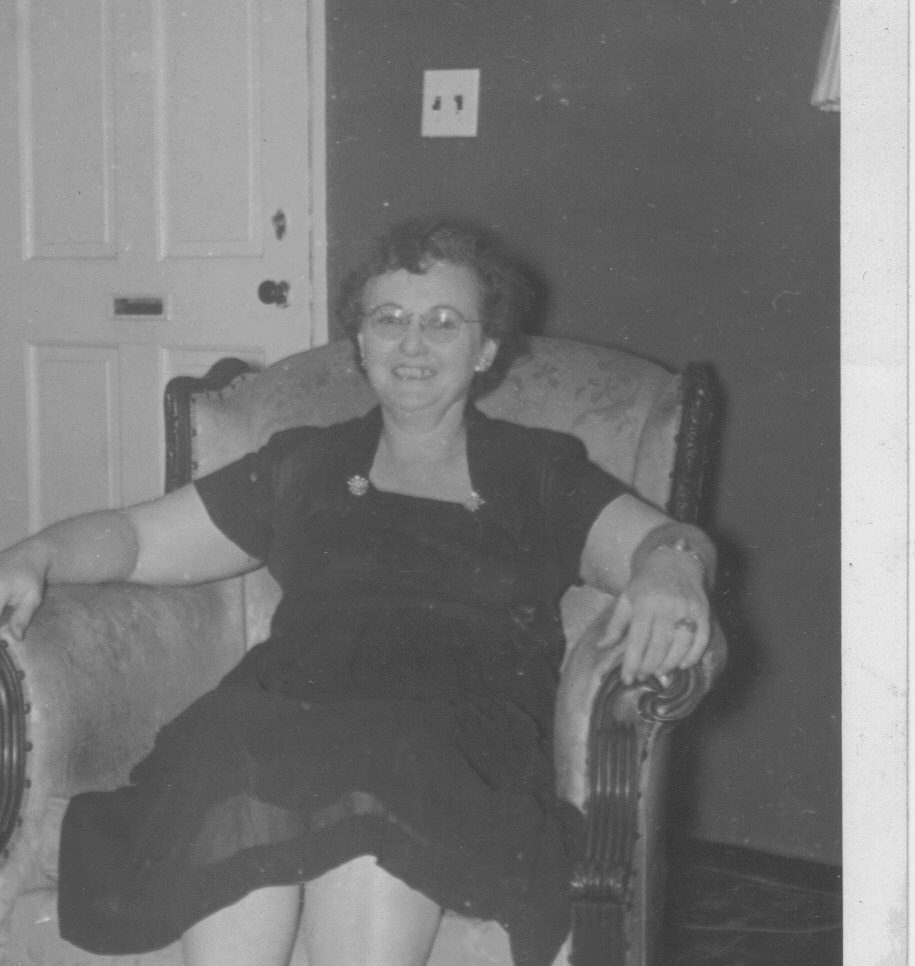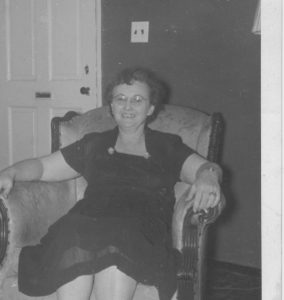
Picture above – Bolckow and Vaughan 1913 (Dorman Museum)
Continuing a look at some of the papers and speakers in our forthcoming ‘Women in Wartime’ Conference.
You can find out about all the speakers and book your ticket here: https://www.eventbrite.co.uk/e/148423724355
The following paper will be delivered by Martin Peagam.
Two Cup Finals and then Banned for Life: women’s football in World War One
50 years ago the English FA rescinded a ban on women playing football.
100 years ago women were banned from playing football.
104 years ago 30,000 spectators gathered to watch an all-women football cup-final at Ayresome Park, Middlesbrough.
World War One brought women into the workplace out of necessity. As soon as that need was gone, women were sacked from jobs they had proved very competent at.
World War One also brought women into football grounds previously reserved for men. Not as spectators, but as players. But they were too successful and popular. And so, they had to be banned.
The story can be told through the emergence and demise of the Munitionettes Cup.
A football cup competition created in response to the popularity of competitive women’s football in the North East of England, the Munitionettes Cup saw major football grounds in North East England filled to capacity with spectators, watching women who only a few years earlier would not have even kicked a ball.
Drawing on stories from Teesside, this presentation looks at how women came to play in two cup finals, and represent their country in international fixtures at sport, then saw them discarded by the sport’s governing body.
It also examines what motivated the players, including how one woman laced up her boots in memory of her brother and boyfriend, after both died serving their country.

Picture – Women Furness Shipyard 1917 – Teesside Archives
BIOGRAPHY – Martin Peagam.
Popular local history researcher, speaker and guide in Cleveland and Teesside.
Secretary – Cleveland and Teesside Local History Society
Chairman – The Captain Cook Birthplace Trust
Coordinator and Contributor – Local History Month Middlesbrough and Stockton
Member – ‘The Friends of the Stockton and Darlington Railway’
Member – ‘The Battle of Stockton Campaign’
Member – Community Steering Group High Street Heritage Action Zone – Middlesbrough
Co-presenter – CVFM Radio Community Show, talking about local history
Contributor to:
‘The Architecture that the Railways Built’ series
BBC News Afternoon
BBC Look North
ITV News Tyne Tees
BBC Radio Tees.
To read in more detail about another paper, see: https://www.devilsporridge.org.uk/a-closer-look-at-our-women-in-wartime-conference



